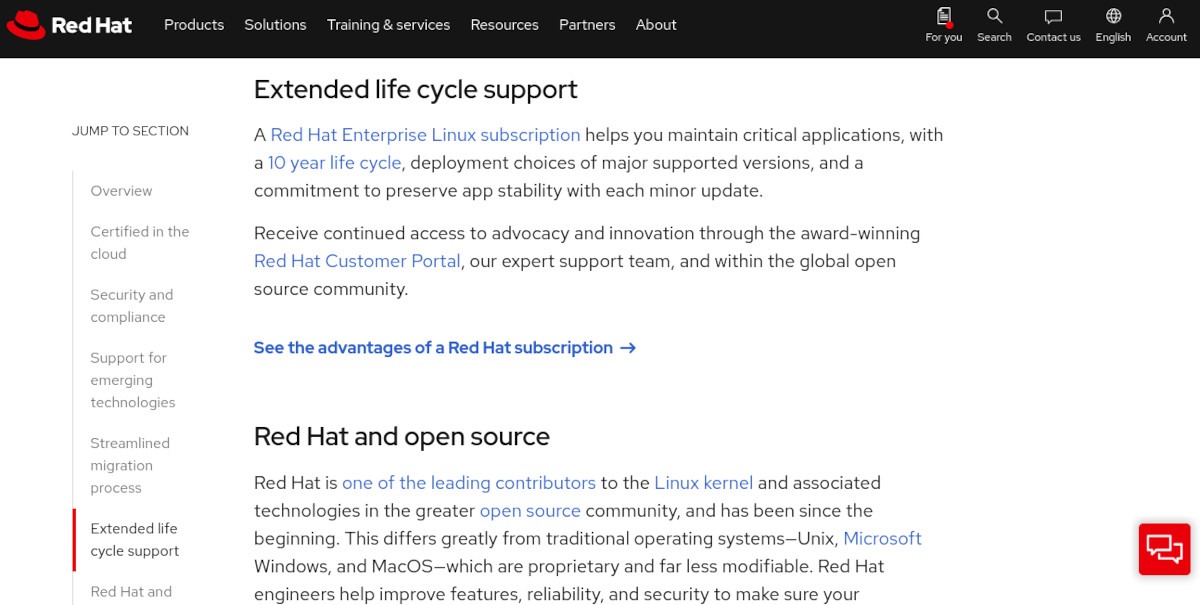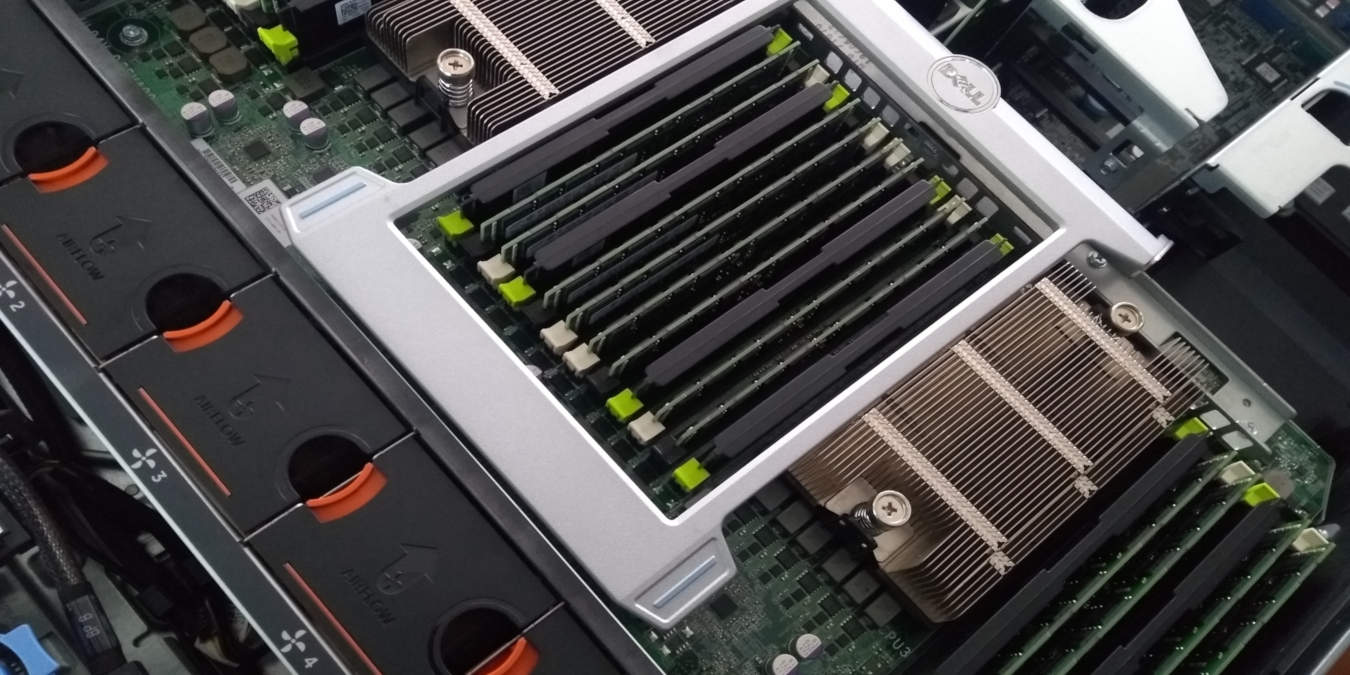
The majority of the web servers around the world are running Linux. If you are a web administrator, choosing a suitable Linux server distribution is very important, as it can make your work much easier. This guide shows seven of the best server-focused Linux distributions that you can install for free.
Tip: if you are coming from Windows, these distros are some of the best Linux distributions for Windows users.
1. Best for Compatibility: Debian
Debian is the most popular server-focused Linux distro today. It provides a simple, yet highly reliable platform that can run on most types of hardware. Debian is often the distro of choice for anyone who wants to quickly deploy a server and get it working in no time.
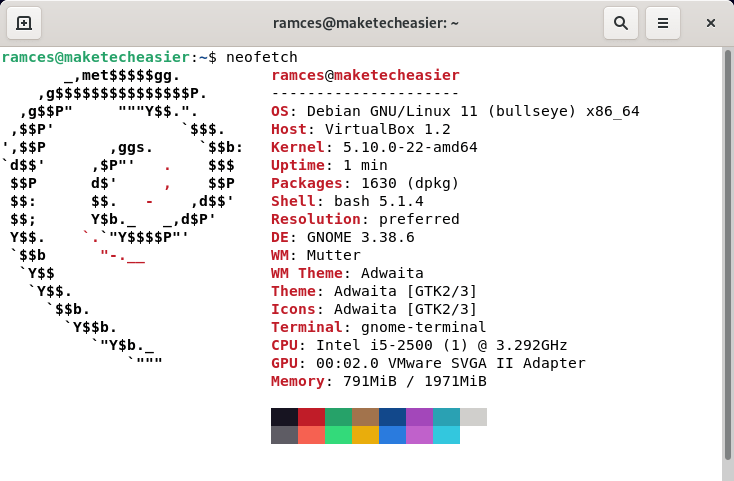
One of Debian’s unique selling points is its “universal compatibility.” Most of the Linux programs you need will work, due to the fact that most Linux programs today are developed with Debian and Ubuntu in mind.
Despite this, using Debian as your server’s operating system carries a couple of drawbacks. Firstly, the stable Debian package repository is often months behind its upstream. Secondly, security fixes in the Linux kernel sometimes do not get backported in Debian.
Pros
- Contains a vast collection of packages by default
- Can run on older and simpler hardware
Cons
- Packages are often months behind their upstream
- Security fixes for the kernel can be lacking
Tip: If you prefer, create your own Linux distro and distribute it for free.
2. Best for Features: Ubuntu Server
Ubuntu Server is Canonical’s server-focused Enterprise Linux distribution that is reliable and scalable. Unlike its workstation counterpart, Canonical developed it as a high-performance alternative to the popular Red Hat Enterprise Linux family of distros.
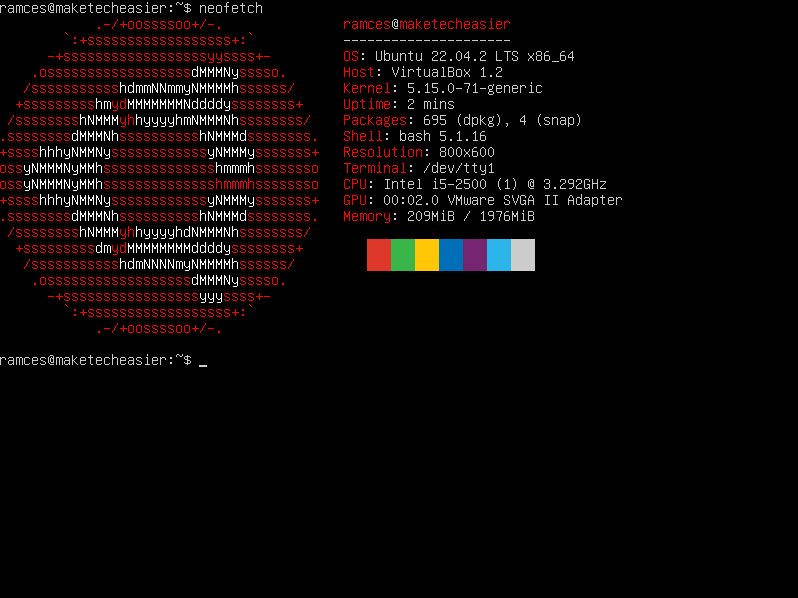
One of the biggest selling points of Ubuntu Server is that it strikes a balance between stability and performance: it uses Debian as a base and adds plenty of new features. For example, Ubuntu Server often comes with performance patches and support for newer cloud-based technologies.
Since Ubuntu Server uses Debian as its base, it also shares some of the drawbacks of its parent distribution: the distro’s reliance on upstream repositories for its packages and some of its critical updates.
Pros
- Compatible with Debian’s vast package collection
- Quick and can run on multiple server platforms
Cons
- Relies on Debian for its base system
- Security updates and package hardening is only free for personal use and up to 5 PCs.
Good to know: learn how to use foreign hardware by compiling your own kernel in Ubuntu Linux.
3. Best for Security: Red Hat Enterprise Linux
Since 2003, Red Hat Enterprise Linux (RHEL) has been the industry standard for enterprise-focused Linux server operating systems. It aims to provide a comprehensive computing solution that prioritizes security and stability.

The core strength of RHEL lies in its commitment to maintaining a secure package that covers the entire operating system. RHEL also guarantees an extensive 10-year support on both its base system and official package repositories.
RHEL is not without its fair share of weaknesses. For starters, you can only deploy up to 16 separate RHEL installations for free. The official package repositories can be a bit lacking and outdated for some users. As such, RHEL is often better suited for computing tasks that need to be reliable and that you do not expect to constantly update.
Pros
- Comprehensive security policy and standard compliance
- Long-term base system and package support
Cons
- Kernel is static with security fixes backported from recent releases
- Limited to 16 free installations
Tip: check out the differences between RHEL, CentOS and Fedora.
4. Best for Performance: CentOS Stream
CentOS Stream is the upstream sister distribution to RHEL. While it does not have extensive technical RHEL support, it makes up for it through sheer performance and frequency of updates. This makes CentOS Stream the perfect distro if you need a Linux server operating system that will extract the most out of your hardware.
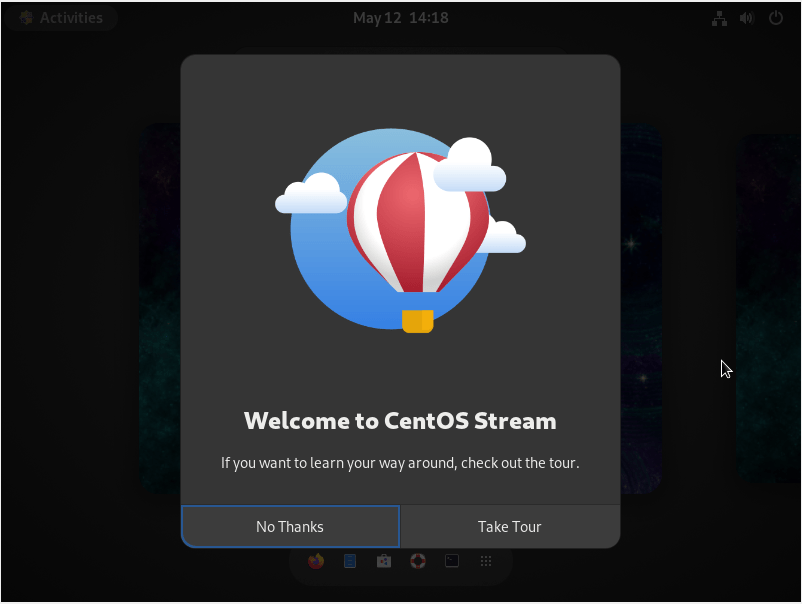
One of the unique selling points of CentOS Stream is that it has a “stable rolling-release” model. This approach ensures that CentOS Stream will constantly get feature and security updates while avoiding breaking changes that are common in rolling-release distros.
CentOS Stream’s focus on constant updates also has its downside. For example, you may find yourself updating more often than not, since features and security fixes are not bundled in a single point release. This can be challenging if you are maintaining hundreds of CentOS Stream servers.
Pros
- Feature and security updates are faster than a regular Enterprise Linux distro
- Staging point for the next release for RHEL
Cons
- Might require frequent system updates
- Not bug-for-bug compatible with RHEL
Do you know: you can test various Linux distributions online without having to install any software.
5. Best for Documentation: Rocky Linux
Rocky Linux is a powerful, RHEL-compatible Linux server distribution. Unlike CentOS Stream, it aims to provide a complete bug-for-bug compatible version of RHEL that can run without any license restrictions. Rocky Linux can be a great solution if you want to deploy RHEL on more than 16 machines.

Rocky Linux also excels in providing a readable, yet highly detailed, technical documentation. This includes a comprehensive manual on setting up the system as well as deployment guides for some of the most popular services. As a result, using Rocky Linux as your server OS can be a great learning experience for anyone new to Enterprise Linux.
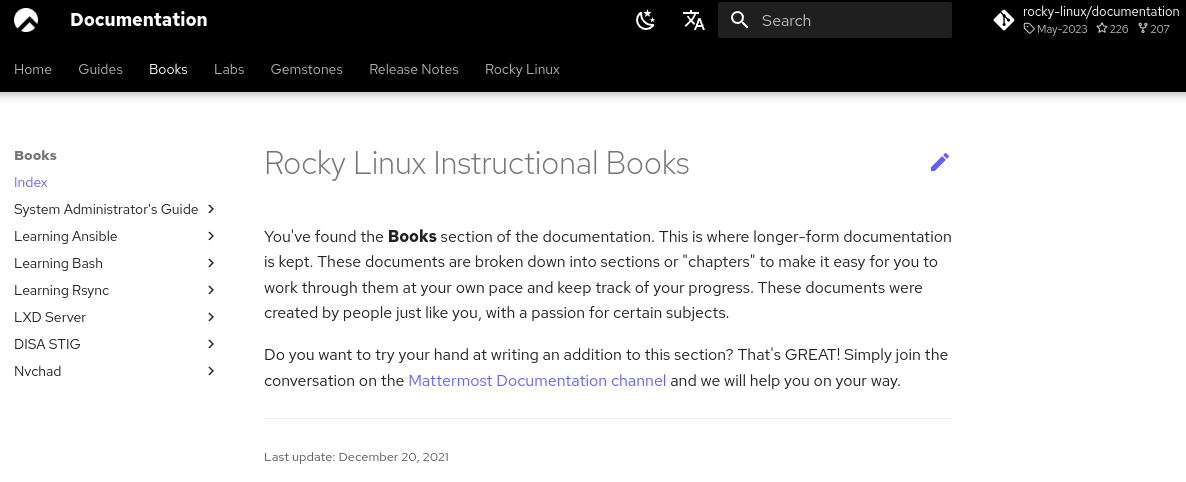
One of the downsides of using Rocky Linux is that it might not be as secure and optimized as the original RHEL, as Red Hat is using their own custom build processes that can extract the most out of the RHEL source.
Pros
- Excellent technical documentation
- Bug-for-bug compatible with RHEL
Cons
- Might not be as optimized as RHEL
- Might not be compliant with various security standards
FYI: AlmaLinux is another RHEL-compatible distro that you can install for free. Learn more about it and how it stacks up against Rocky Linux.
6. Best for Simplicity: openSUSE Leap
OpenSUSE Leap is an RPM-based Linux server distribution that focuses on streamlining the server admin experience. It does this by giving you the computing environment you need to properly deploy and manage your Linux server.
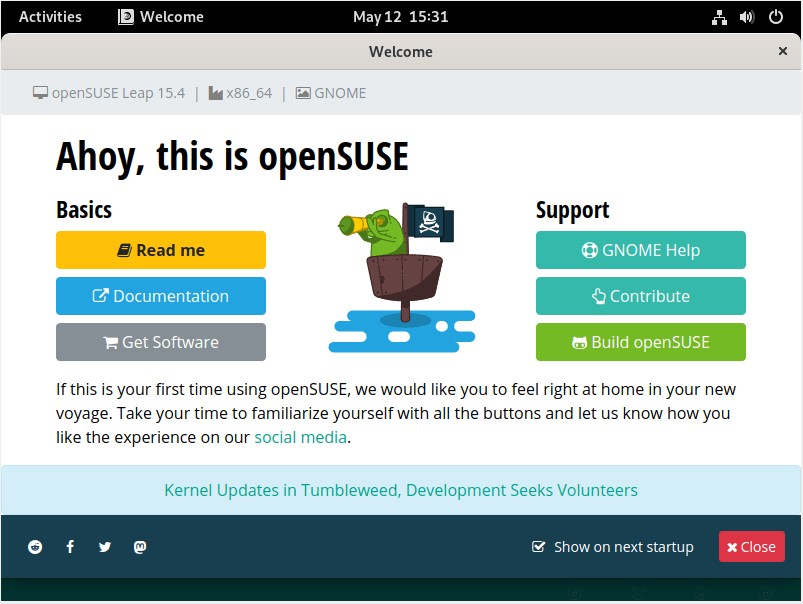
With OpenSUSE Leap, you get access to tools such as YaST and Kiwi, which can make server configuration and deployment simple and easy. Leap also comes with a complete development toolkit that can help you build custom programs without additional setup.
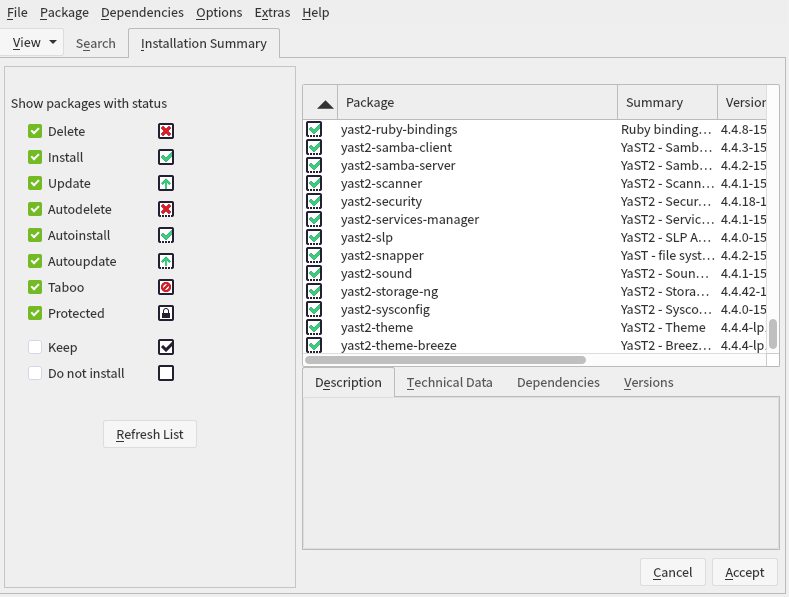
The biggest weakness of OpenSUSE Leap is its package manager. Compared to others, Zypper can be slow when resolving package dependencies and system updates. Using OpenSUSE Leap can be painful if you want to perform quick updates without any potential issues.
Pros
- Complete server distribution out of the box
- Decent technical documentation
Cons
- The package manager can be slow at times
- Not suitable for lightweight deployments
7. Best for Tinkerers: Alpine Linux
Simple and effective. Alpine Linux is an ultra-lightweight Linux distribution that can quickly deploy services over the network by only including the utilities and features that you need to run a basic Linux install.
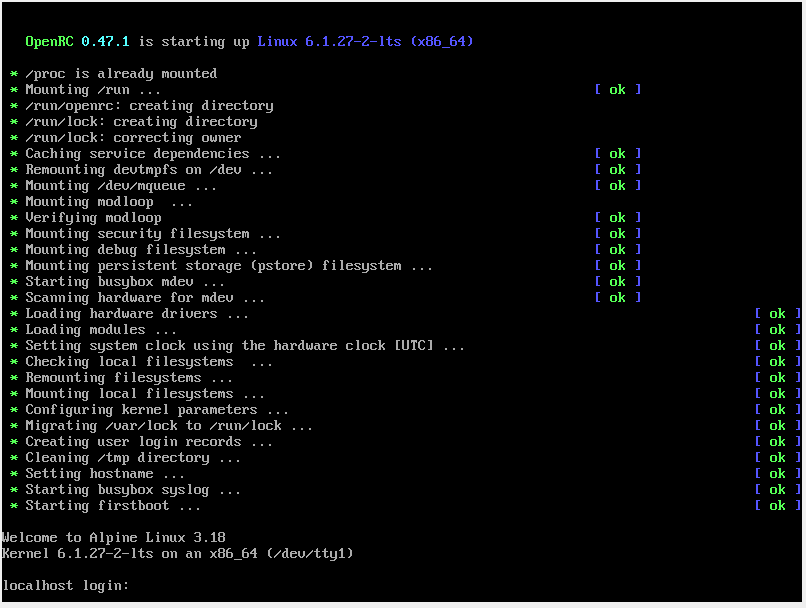
While Alpine does not come with common server programs, this spartan approach ensures that the distro will run on any platform, regardless of its resources. For example, you can quickly deploy Alpine as part of a diskless PXE-boot server cluster.
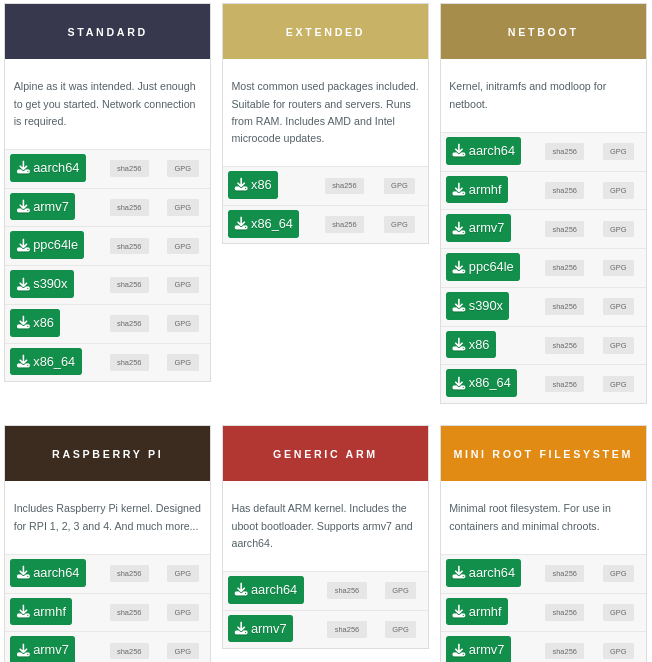
However, Alpine Linux also has its own set of limitations. First, it uses musl for its standard C library instead of glibc. As a result, you may find your programs either misbehaving or outright crashing. Further, it also uses OpenRC instead of the standard systemd init daemon. It can be a deal breaker if you are not familiar with a non-systemd distro.
Pros
- Minimal working distribution is only 130MB
- Simple to deploy in cloud servers
Cons
- Uses musl instead of glibc
- Non-systemd distribution
Frequently Asked Questions
Is it possible to migrate from one Linux server distro to another?
It depends on the Linux distribution you are currently using and the one you are migrating to. You can migrate a RHEL-compatible distribution to any of its sister distros. For example, you can fully migrate a Rocky Linux installation to either AlmaLinux or RHEL. However, it is not possible to migrate a non-RHEL distro to RHEL.
Are the Rocky Linux docs compatible with RHEL and CentOS Stream?
Yes. However, it is important to note that both RHEL and CentOS Stream also contain programs and features that are specific to each distribution. The Rocky Linux documentation will not be able to cover all of the RHEL-compatible software and technologies.
Can you use Alpine Linux with glibc and systemd?
No. By default, Alpine Linux is designed by its developers to only work with musl and OpenRC. While it is possible to change a core system component, doing this will render your install incompatible with the larger Alpine Linux ecosystem.
Image credit: Unsplash. All alterations and screenshots by Ramces Red.
Our latest tutorials delivered straight to your inbox
